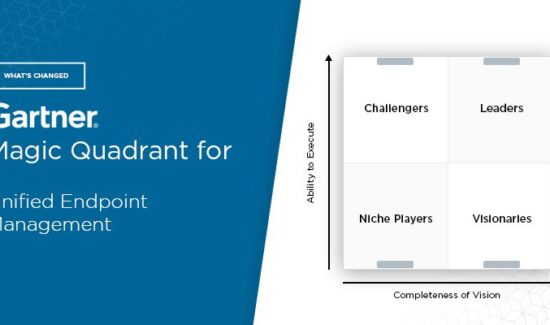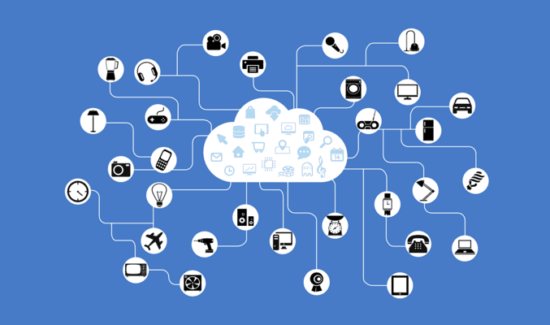By 2018, Employees Will be Required to Wear Wearables

According to a report just released by Gartner, it’s predicted that by 2018, two million employees will be required ti wear health and fitness tracking devices. This is a little bit of a scary thought from where we’re standing. Wearables in the work place are still a new frontier for enterprise mobile strategy and separating the pros and cons of employees wearing them is a little daunting.
By 2018, two million employees will be required to wear health and fitness tracking devices as a condition of employment– The health and fitness of people employed in jobs that can be dangerous or physically demanding will increasingly be tracked by employers via wearable devices. Emergency responders, such as police officers, firefighters and paramedics, will likely comprise the largest group of employees required to monitor their health or fitness with wearables. The primary reason for wearing them is for their own safety. Their heart rates and respiration, and potentially their stress levels, could be remotely monitored and help could be sent immediately if needed. In addition to emergency responders, a portion of employees in other critical roles will be required to wear health and fitness monitors, including professional athletes, political leaders, airline pilots, industrial workers and remote field workers.
On one hand, it makes sense for field worker where tracking health is very important. Not only does is keep these types of workers safe, but it could also potentially alert them to future dangers to their health. For office employees, it could promote a healthier and happier office lifestyle by reminding employees to get up and take walks. Rewards could be earned for reaching a certain number of steps in a day; people would be more aware of their health. Since we spend so much time in the work place, it’s hard to lose track of how much time we spend sitting down.
But there is a darker side of required wearables what can have a serious effect on employees that needs to be recognized. There is a psychological component to being tracked that can make people uncomfortable and negatively effect their work performance. When it comes to the point where people are wearing their wearables on their own time, the line between professional and personal lives becomes blurred. Situations can arise where management could hold what a person does on their personal time against their professional performance. Employees could be stressing about what their employees expect from them every waking moment, causing them to over exert themselves during times where they should be relaxing.
As Gartner predicts, wearables are too valuable a technology to not be heavily implemented in the coming years, but just like with the rise of BYOD, it’s a delicate process that needs to be completely thought out and visualized before implementation.




















